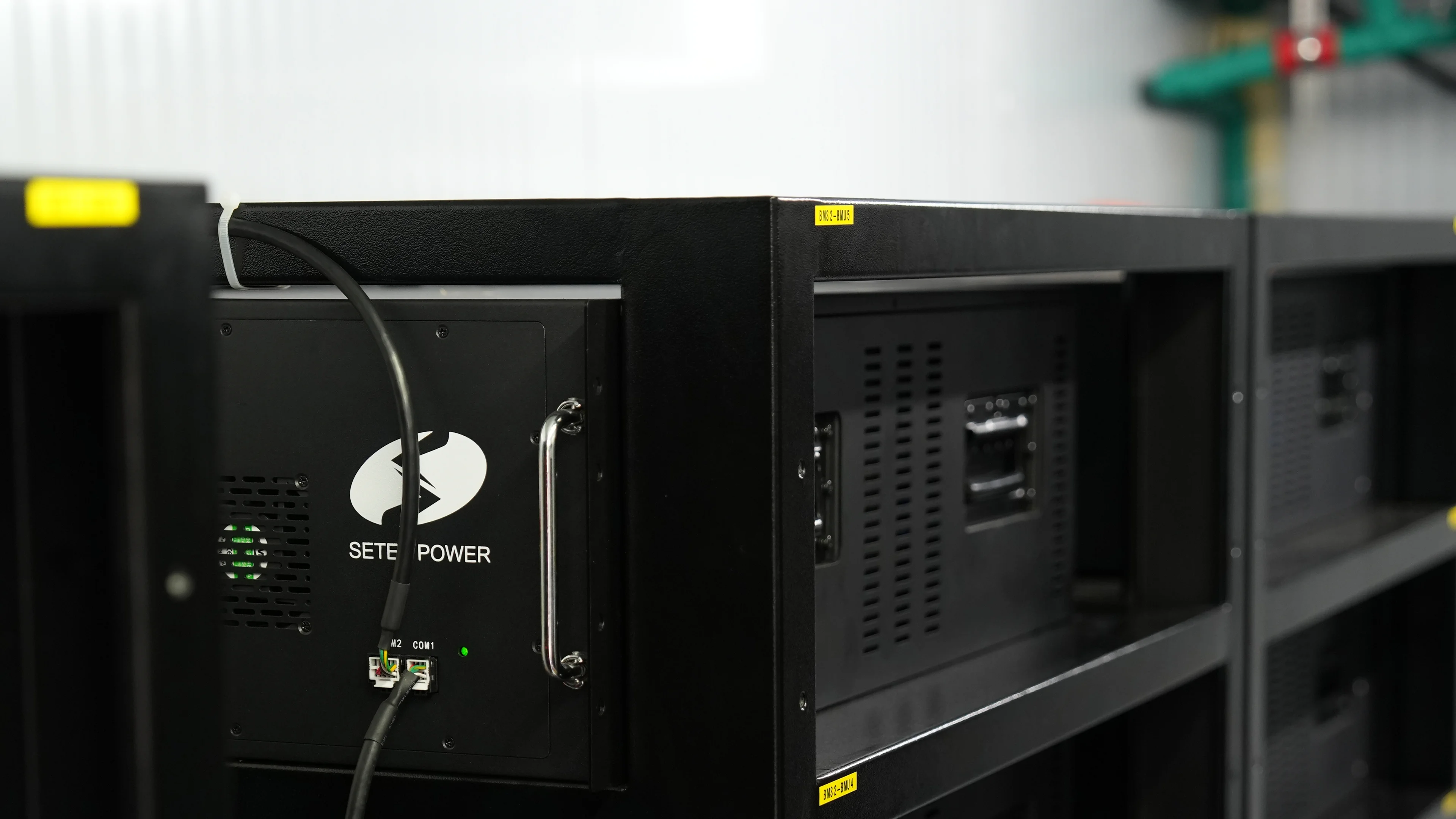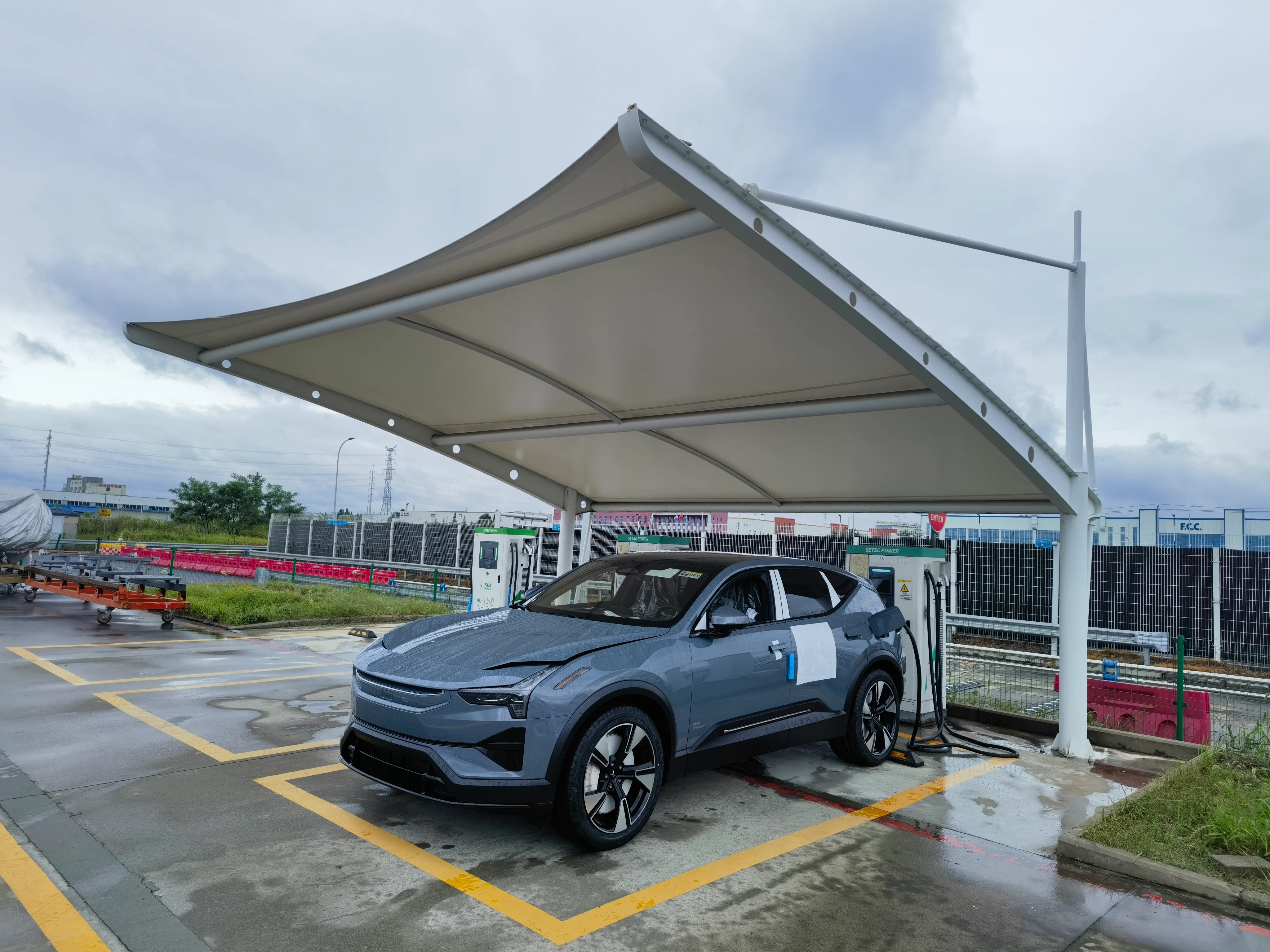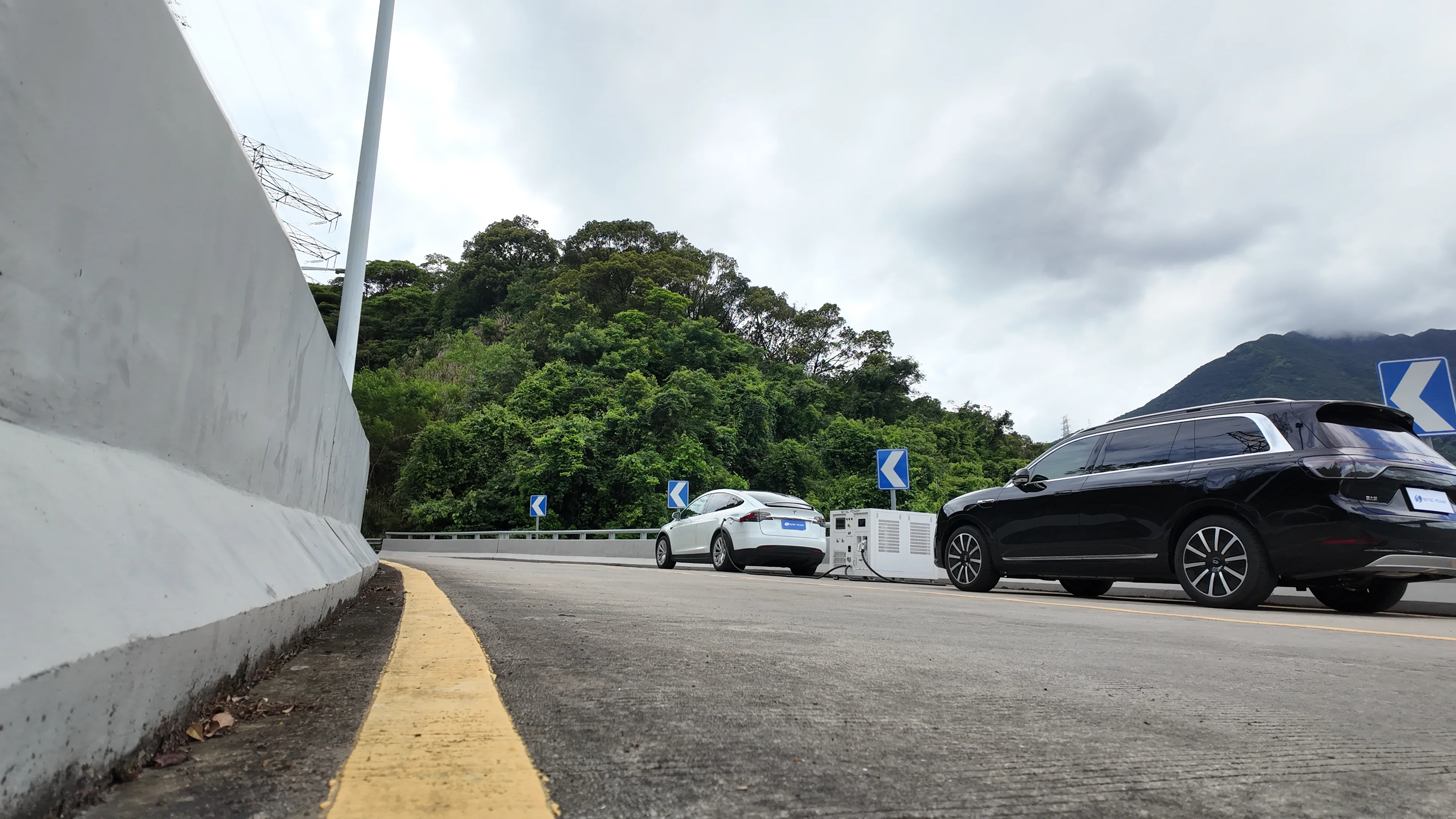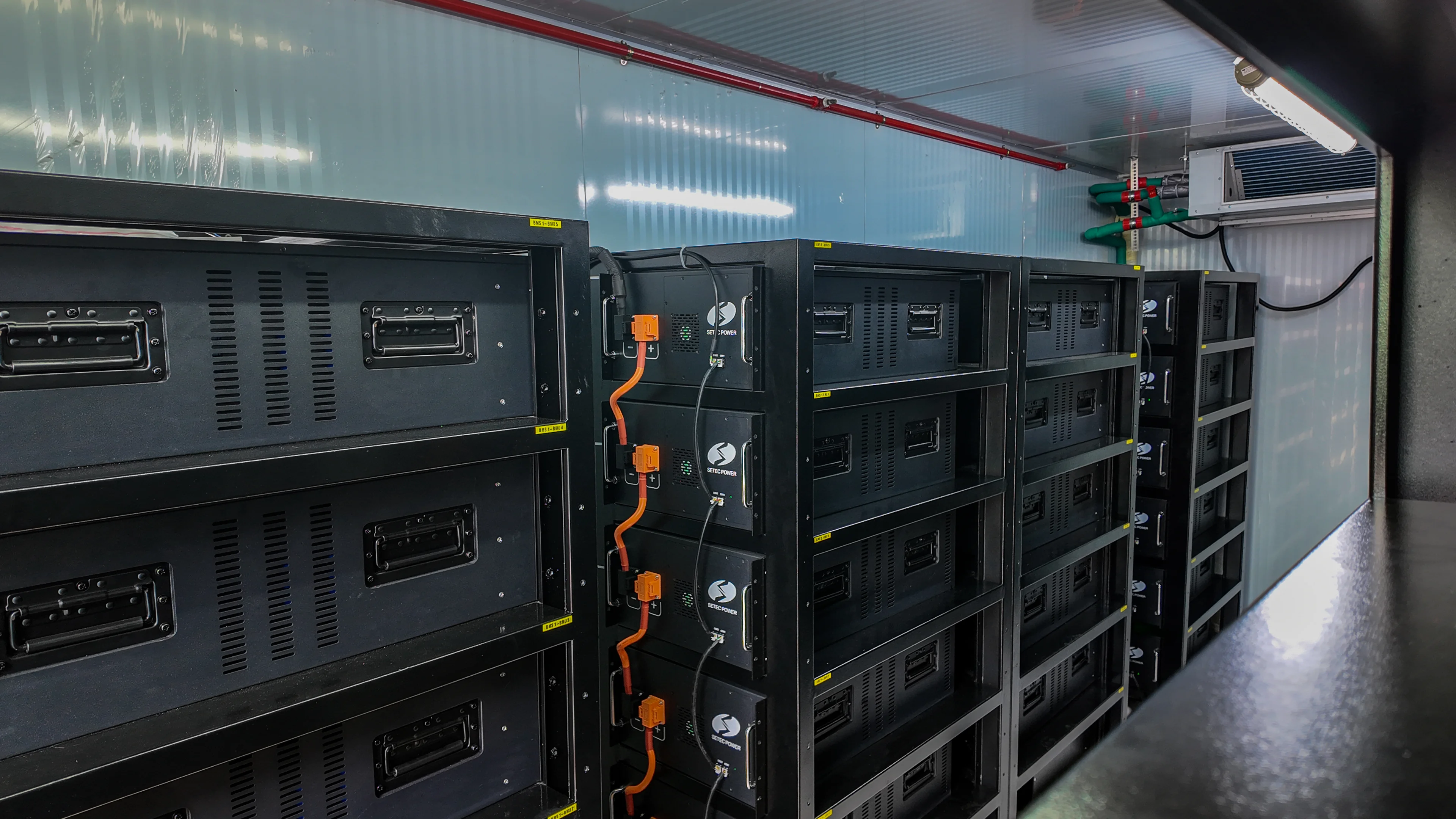May 30, 2024
Alternating Current
Alternating current (AC) serves as the primary power source supplied by utility companies, transmitting electrical energy in a periodic waveform. When electric vehicles are charged using AC, an On-Board Charger (OBC) must convert the current into direct current (DC) before it can be stored in the battery. This approach is commonly employed for residential and public charging stations, however, its charge rate is comparatively modest.
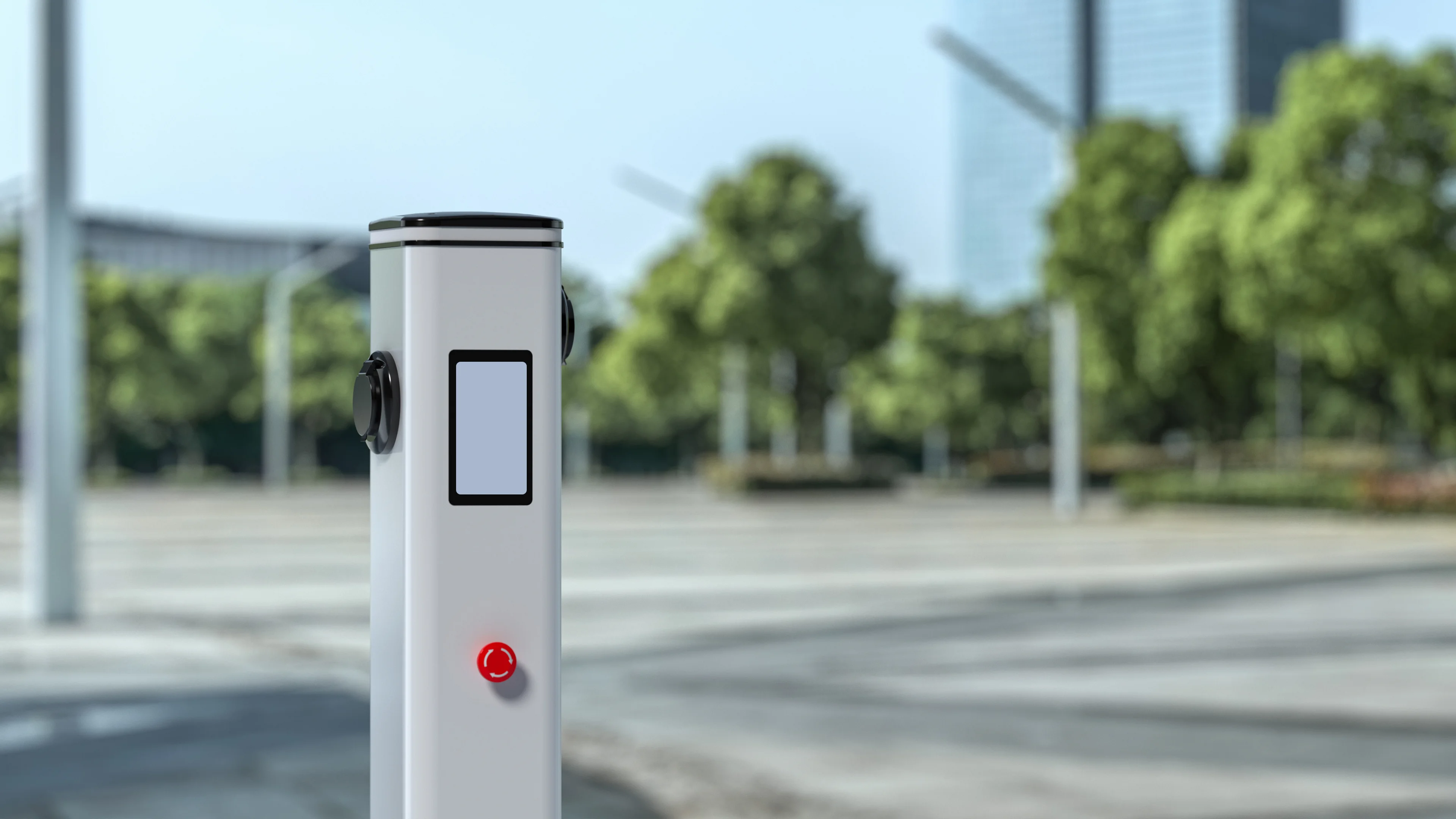
Direct Current
DC fast-charging directly supplies power to batteries without requiring OBC conversion. Consequently, DC offers high-power delivery within a short duration significantly enhancing charge rates. Typically situated along highways and urban hubs, DC fast-charging stations cater to rapid-charging requirements.
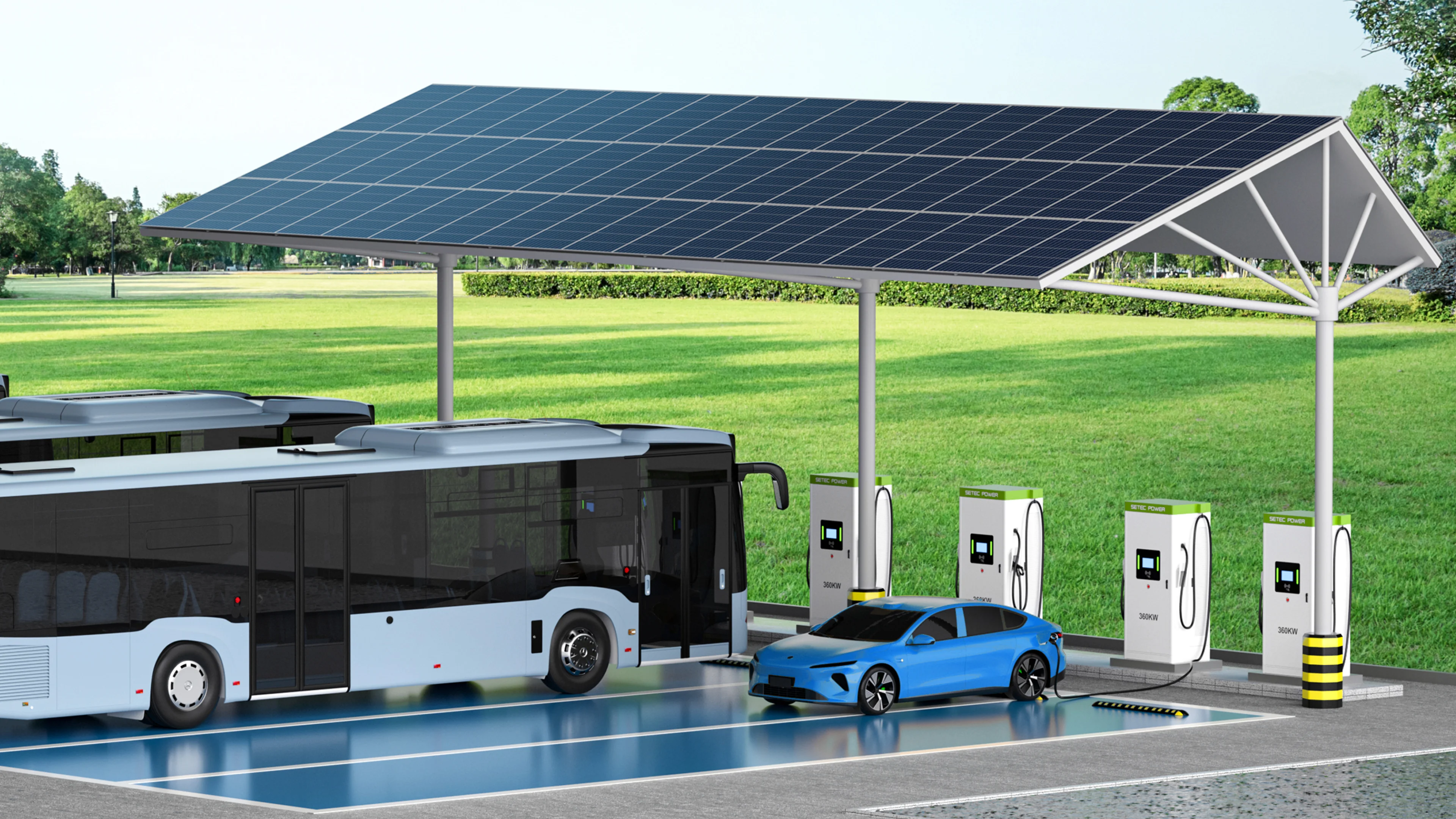
Advantages of DC Charging
Charging Speed: The primary benefit of DC charging lies in its exceptional speed. In contrast to the hours required for AC charging, DC can typically charge 80% of the battery in just 30 minutes. This significantly enhances efficiency and convenience for both long drives and daily use.
Distribution of Charging Stations: Despite the higher construction cost of DC stations, they are strategically positioned in key locations such as highway service areas and major urban centers to cater to users' need for rapid charging.
Reduced Waiting Time for Charging: For EV users requiring quick turnaround times, DC substantially reduces waiting time and facilitates more relaxed travel planning.
While AC remains prevalent for home and general use, due to its fast-charging capabilities, DC is gradually gaining preference for long-distance driving and high-frequency use. Understanding these distinctions can assist individuals in making informed choices based on their specific needs when it comes to EVs.
